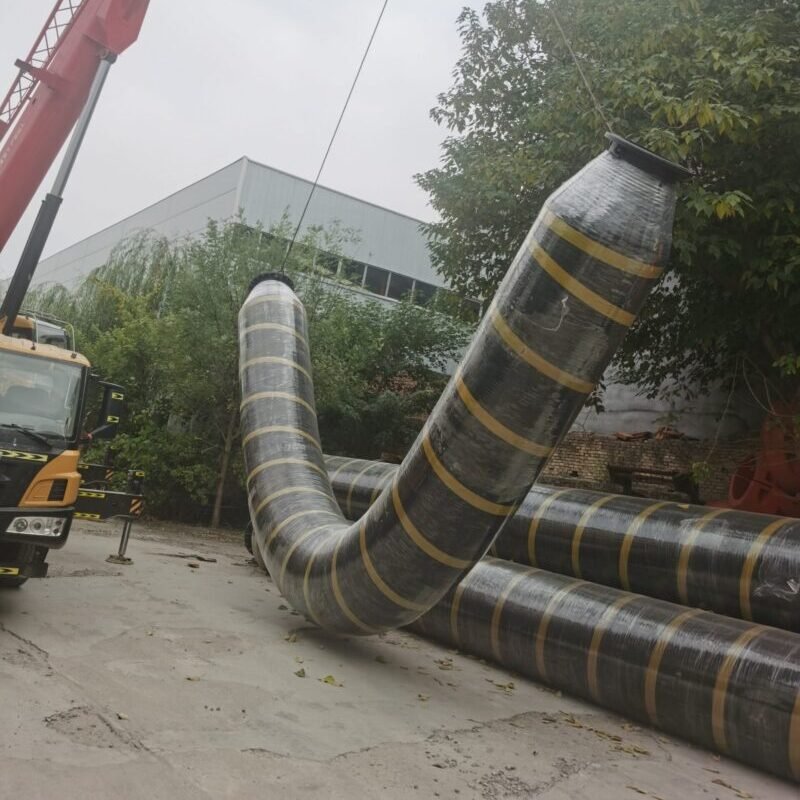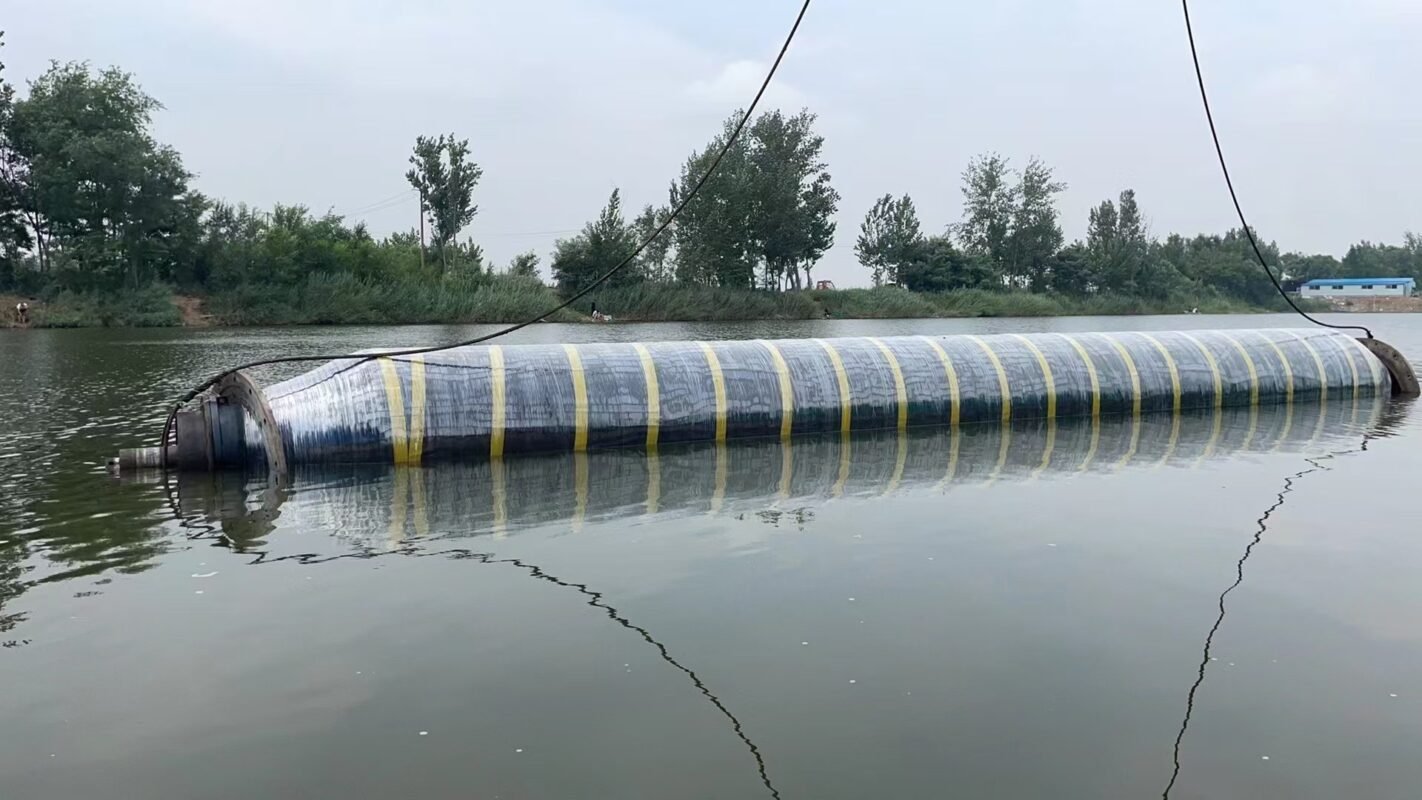How to choose self-floating pipes
When choosing self-floating pipes (commonly used in water floating, Marine engineering, fishery breeding and other fields), factors such as materials, buoyancy, durability and environmental adaptability need to be comprehensively considered. The following are the specific selection points:
1. Clarify the application scenarios: such as buoyancy support for aquaculture cages, offshore operation platforms, floating Bridges, aeration equipment for sewage treatment, etc. Different applications have different requirements for buoyancy, corrosion resistance, etc. Load-bearing requirements: The weight of the supported objects (such as cages, pipelines, personnel, etc.) needs to be calculated to determine the buoyancy requirements.
2. Core performance parameter: Buoyancy calculation: The buoyancy must be greater than the total weight of the self-floating tube plus the load it carries. Formula: Buoyancy = Drainage volume × Density of water (1g/cm³). When choosing, it is necessary to ensure the buoyancy margin of the self-floating pipe (the safety factor is usually 1.2 to 1.5 times). Density and material: High-density polyethylene (HDPE) : Lightweight, corrosion-resistant, UV-resistant, suitable for long-term water use. Polyurethane (PU) : Good elasticity, but relatively high cost. Composite materials: such as fiberglass reinforced plastic (FRP), which have high strength but are relatively heavy, need to be designed in combination with buoyancy. In underwater or wavy environments, materials with high compressive strength should be selected to prevent cracking or deformation.
3. Environmental adaptability and corrosion resistance: In seawater environments, salt spray-resistant materials (such as HDPE or surface anti-corrosion coatings) should be selected. UV resistance: For long-term outdoor exposure, UV stabilizers should be added or dark-colored pipes (such as black HDPE) should be selected. Temperature range: In extreme climates (extremely cold or hot), it is necessary to confirm whether the material properties are stable.
4. Structural design sealing performance: The hollow structure must be completely sealed to prevent water from entering and causing a decrease in buoyancy. Connection method: Check whether it is convenient for assembly (such as flange connection, clamp connection, etc.) to ensure the stability of the overall structure. Surface treatment:
5. Installation and Maintenance Installation method: Whether segmented connection, slide rail installation or underwater fixation is required. Maintainability: The modular design makes it easy to replace damaged parts. Lifespan: The lifespan of high-quality materials can reach over 10 years, and the long-term cost needs to be evaluated.
6. Certification and Standards Comply with industry standards (such as ISO, ASTM, CE) or specific fields (such as Marine engineering API). Fire protection requirements: Flame-retardant materials are needed in certain scenarios (such as oil platforms).
7. Cost and Suppliers Compare the cost performance of different materials to avoid simply pursuing low prices and resulting in insufficient performance. Select suppliers with engineering cases and require them to provide test reports (such as buoyancy, tensile strength, etc.).




